As some of you know GPIO0 is a special pin that needs to be pulled HIGH during start-up else the ESP07s enters flash mode.
Questions:
- The pull-up to 3.3V works right? My thinking is that if I have GPIO0 as and output and go HIGH it will output 3.3V, the input to UNR2003 will get 3.3V = HIGH. When outputing LOW on GPIO0 it will become 0V and the 3V3 voltage will be "pulled into" GPIO0, which results in 0V to UNR2003?
- Any obvious mistakes in the schematic?
- Do I need to add a resistor before input of UNR2003 to increase current to make it handle bigger load? How do I know what the current is without resistor? How do I size the resistor? Do I read the datasheet correctly, At 100µA input current, the corresponding output can handle a 400mA load?



